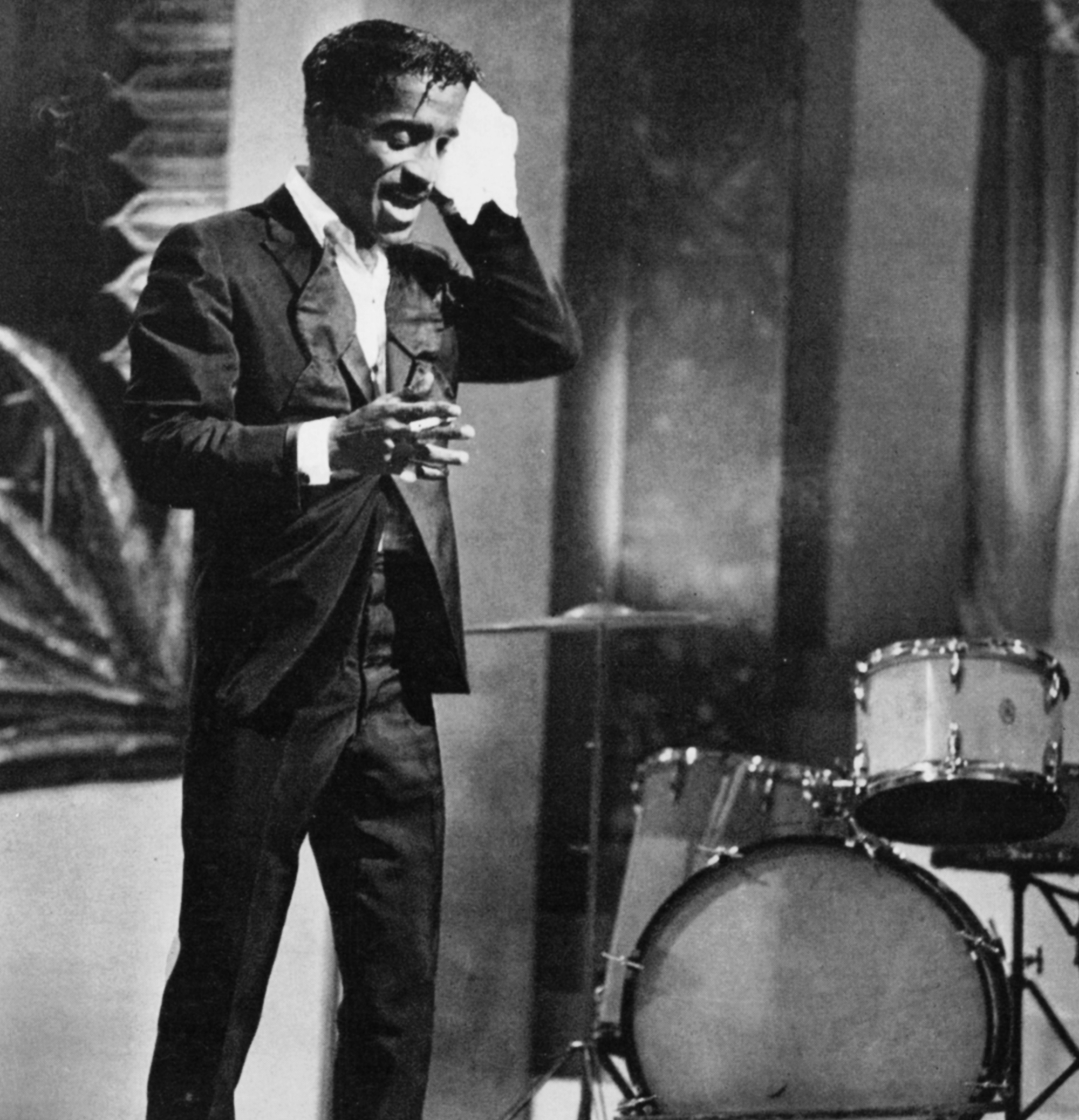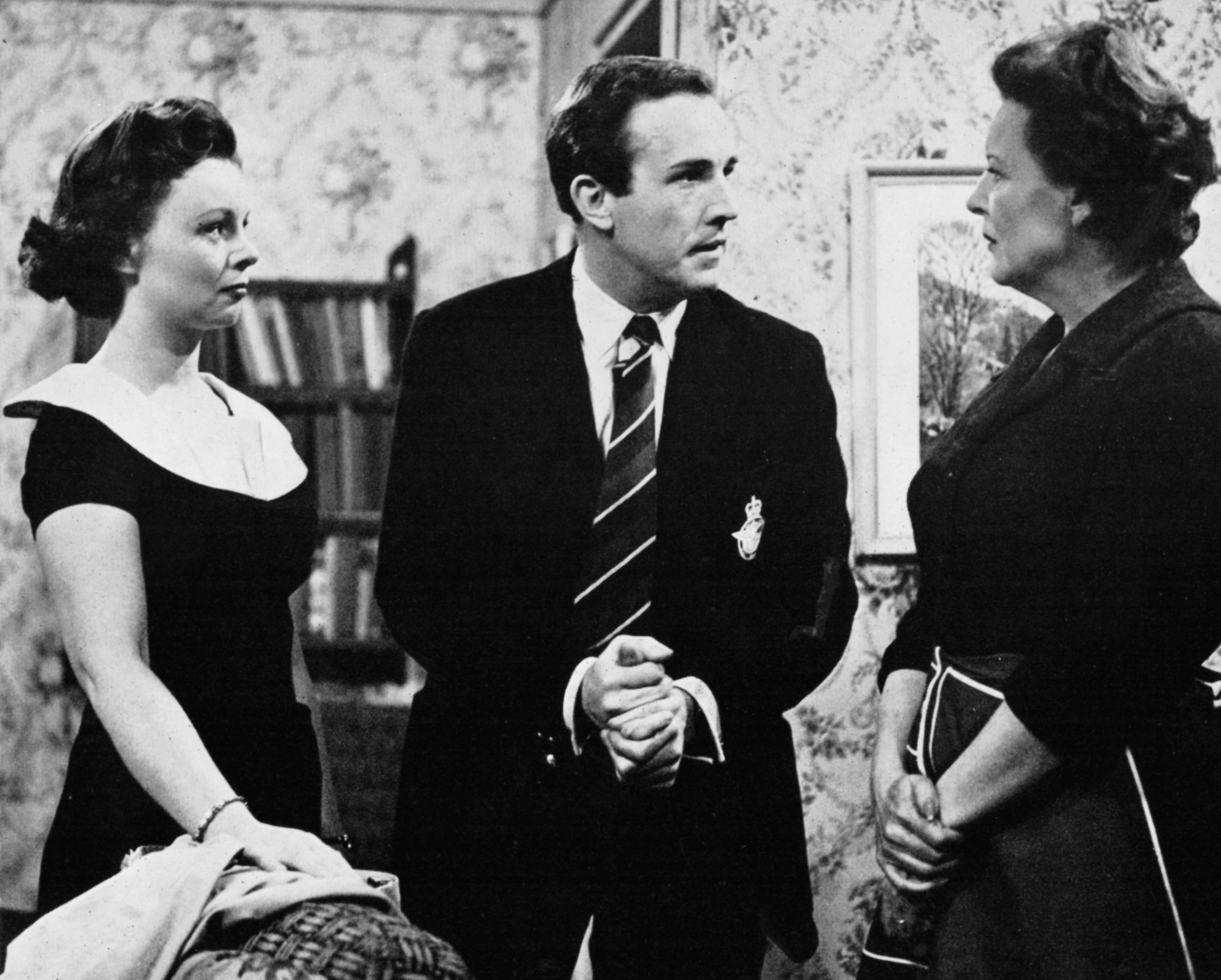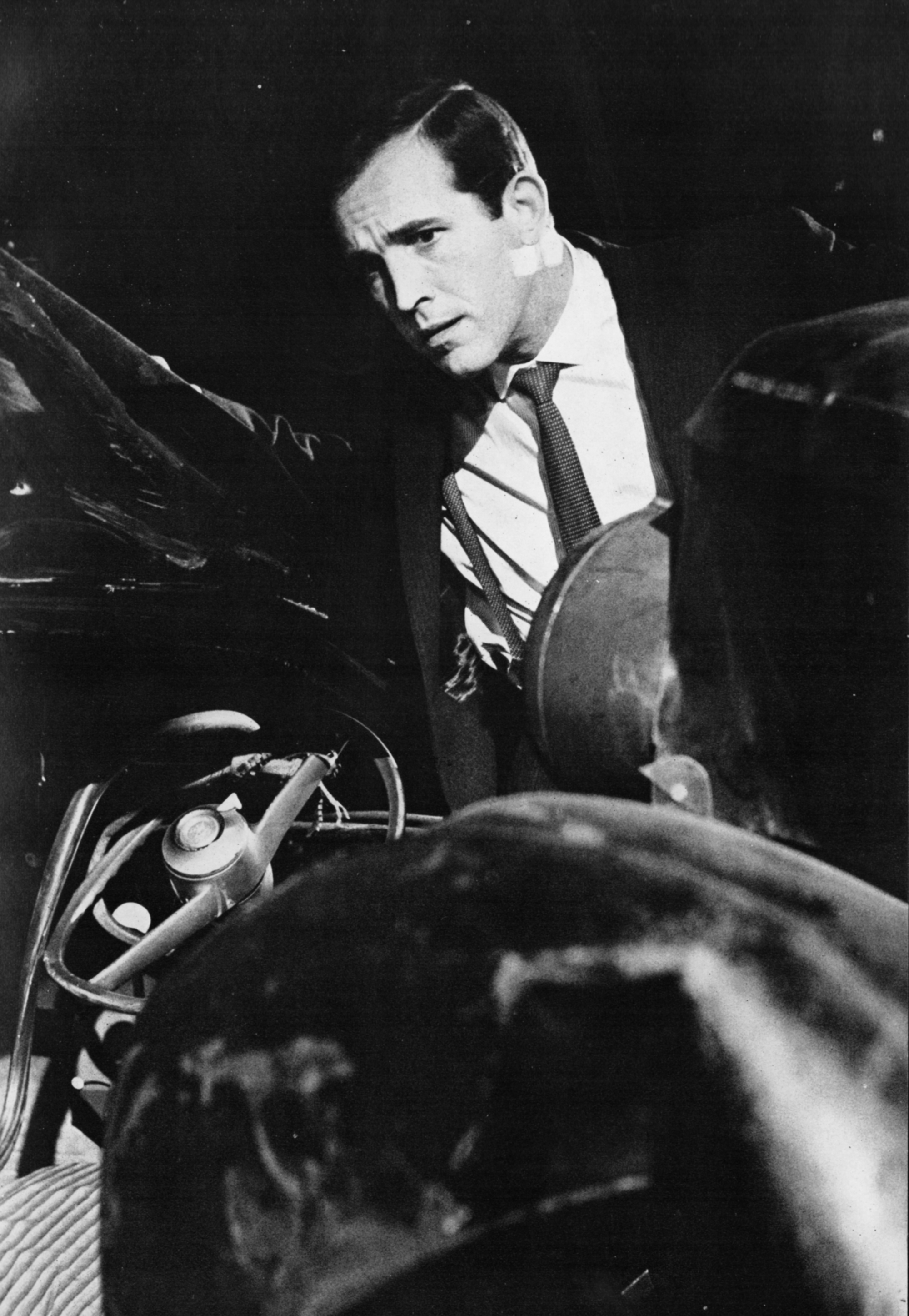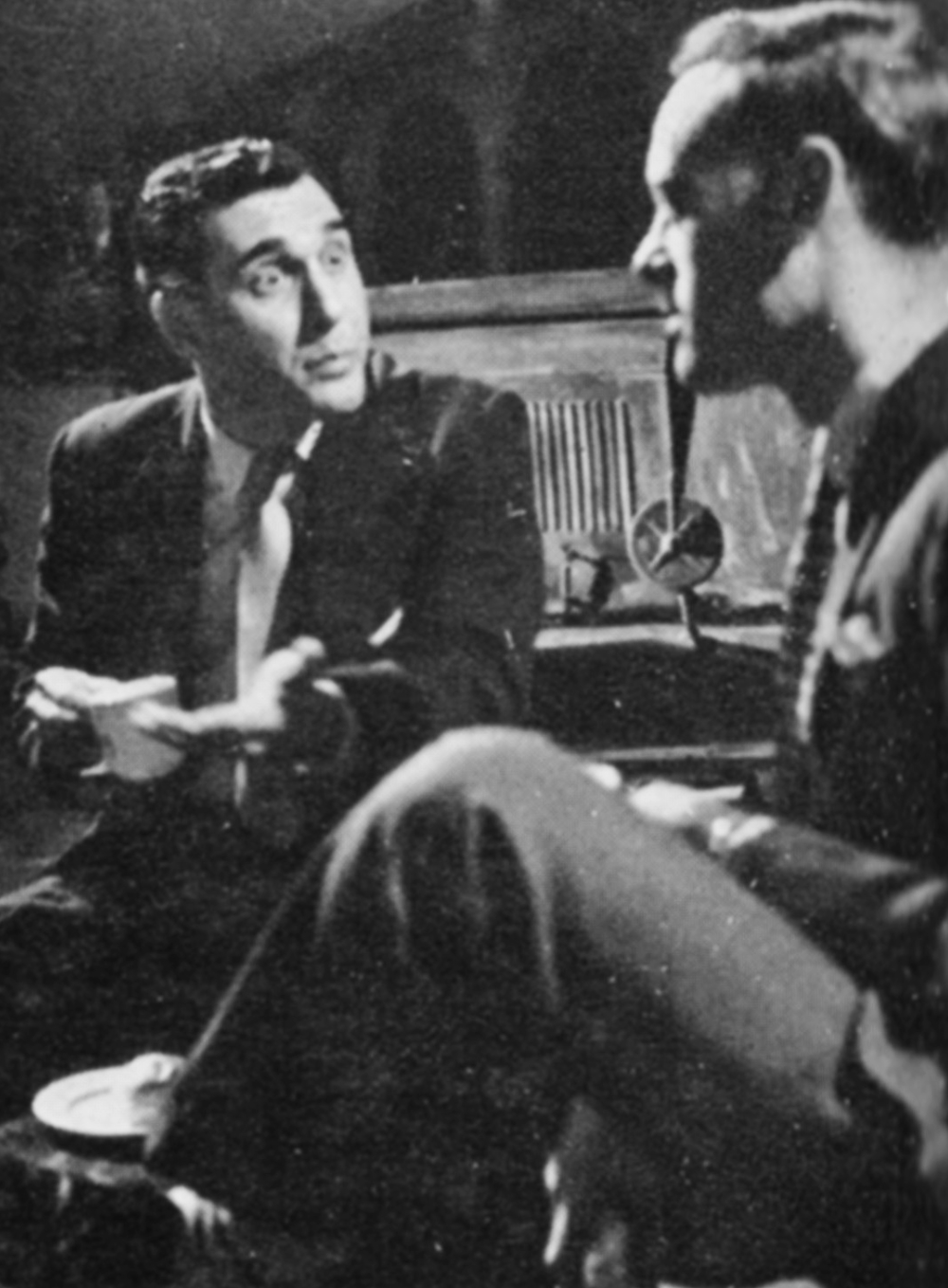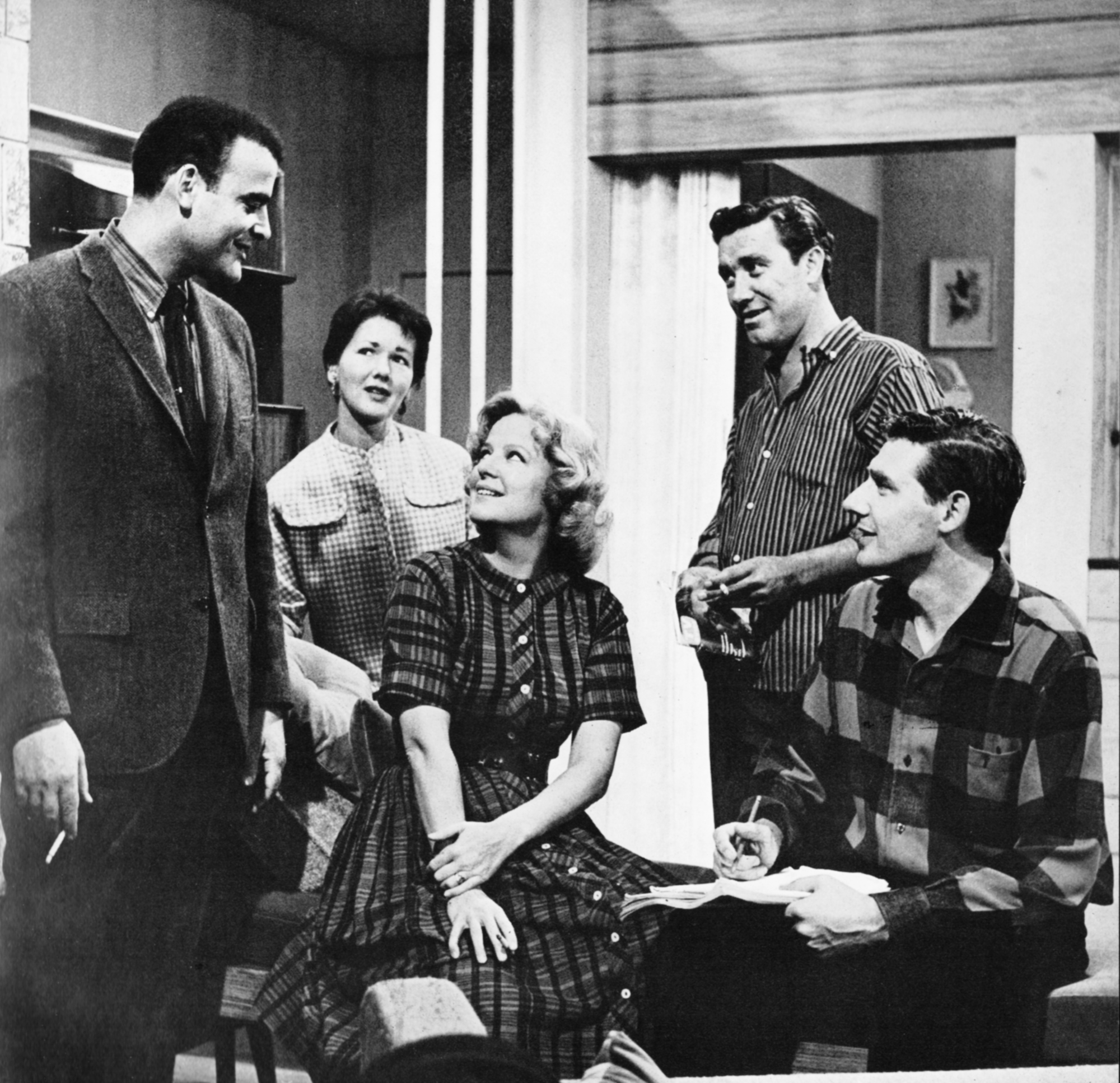An American view of soldiers in action was shown in Rod Serling’s Korean War play Come In Razor Red, directed by Alvin Rakoff with designs by Timothy O’Brien.
The Commander, US Navel Forces Europe lent fifteen nco’s and men of his Headquarters Marine Guard to guide the British extras in the trench warfare scenes; they were later ‘decorated’ by ABC for their ‘gallantry’ in applying themselves to the cause of theatrical duty







